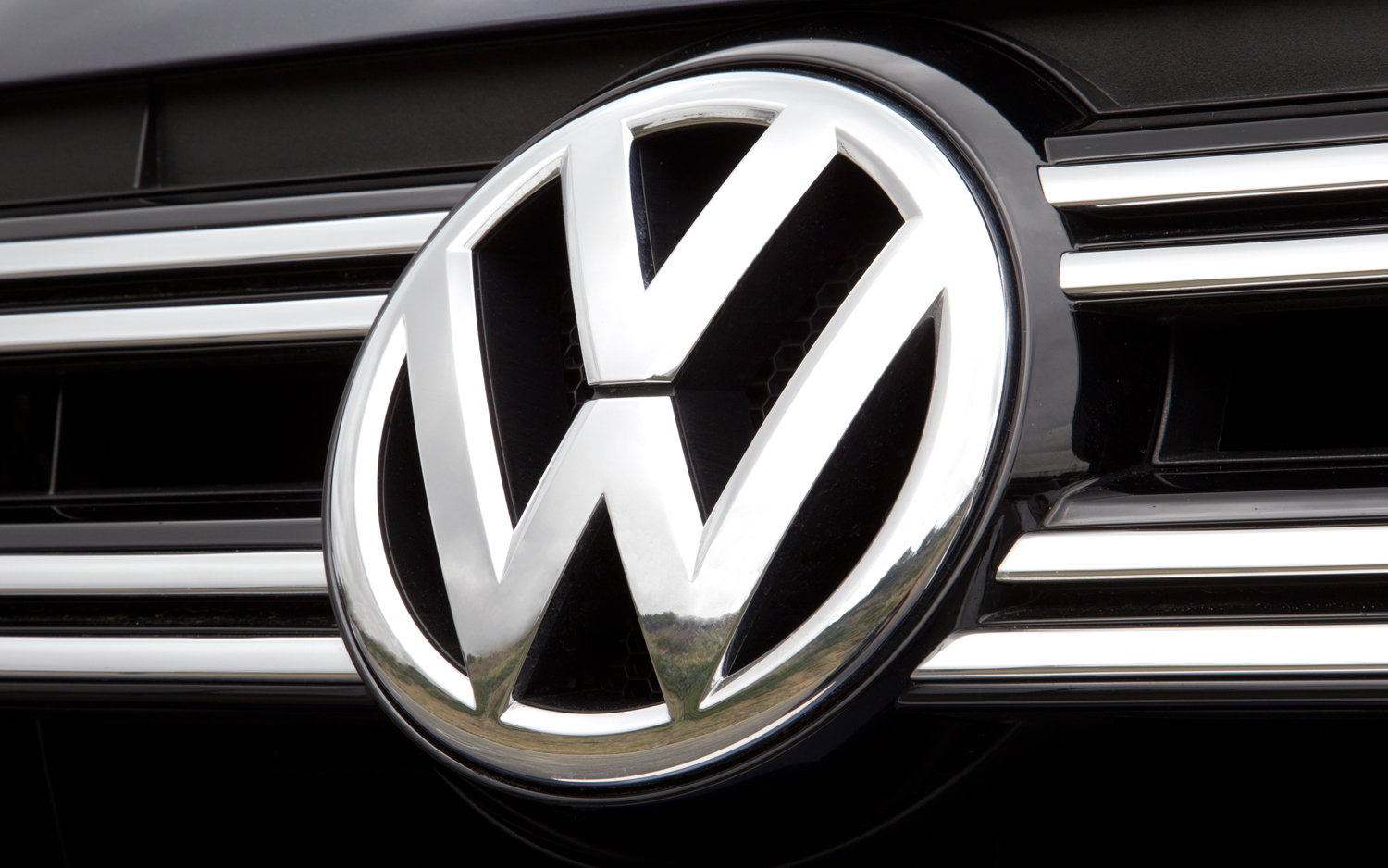

As part of the settlement for its diesel-emissions cheating, Volkswagen must spend $2 billion to promote zero-emission vehicles. The company is now finalizing the first phase of this program, which it calls “Electrify America.”
In the first of four 30-month, $300 million investment cycles, Electrify America will focus primarily on the installation of charging stations for electric cars, according to details published on the program’s website. The $300 million will fund infrastructure outside California, as VW has a separate commitment with the Golden State that includes four $200 million investment cycles, also covering 30 months each.
In the first investment cycle outside California, Volkswagen plans to to build 240 charging-station sites along major highway corridors. Each site will have four to 10 DC fast-charging stations, capable of charging at 150–320 kilowatts. That makes them pretty powerful by current standards. [No pun intended. —Ed.] Non-Volkswagen electric cars will be able to use the stations, the company says.
Charging sites will be built in 39 states, and will roughly correspond with the EV Charging Corridor routes outlined by the federal government during the Obama administration. Sites will be an average of 66 miles apart, with no more than 120 miles between any two. These sites will help facilitate long-distance highway trips—much like Tesla’s Supercharger stations, which only Tesla owners can use.
In addition to the highway charging sites, the first phase of Electrify America will include over 300 “community-based” charging sites. These will be built in 11 metropolitan areas, and will include a mix of DC fast-charging stations and slower Level 2 AC stations, with charging rates of 50–150 kW. While they will take longer to charge cars, the stations will also be placed at locations where cars are likely to remain parked longer, including workplaces, shopping centers, public parking garages, and multifamily residences.
The cities Volkswagen is eyeing for this part of the program include Boston, Chicago, Denver, Houston, Miami, New York City, Philadelphia, Portland, Raleigh, Seattle, and Washington, D.C. The charging infrastructure in these cities will be geared more toward shorter trips, but that’s what urban residents are more likely to use electric cars for.
Volkswagen is also moving ahead with its plans for California, which include a larger number of charging stations, education initiatives, and a “Green City” project meant to showcase alternatives to current transportation infrastructure. The California Air Resources Board must approve the plan for the Golden State, while the Environmental Protection Agency is in charge of the 39-state plan.